*This post may contain affiliate links and I may earn a small commission when you click on the links at no additional cost to you. As an Amazon Affiliate I earn from qualifying purchases. You can read my full affiliate disclosure here.
Growing your own food is the ultimate “eat local”
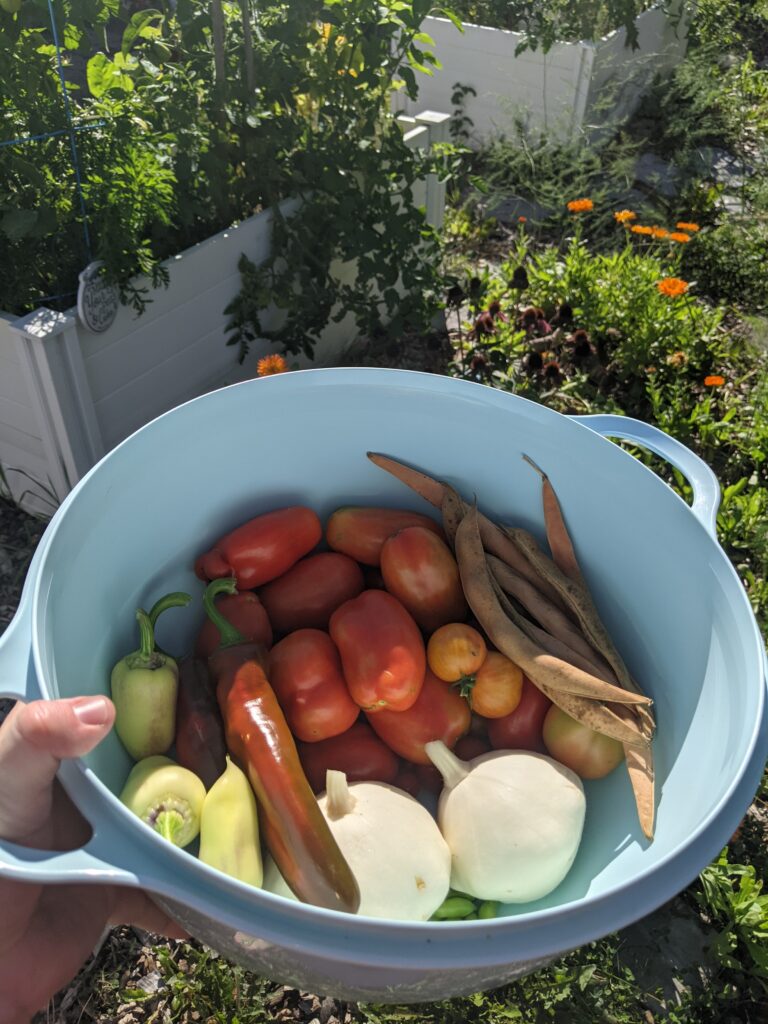
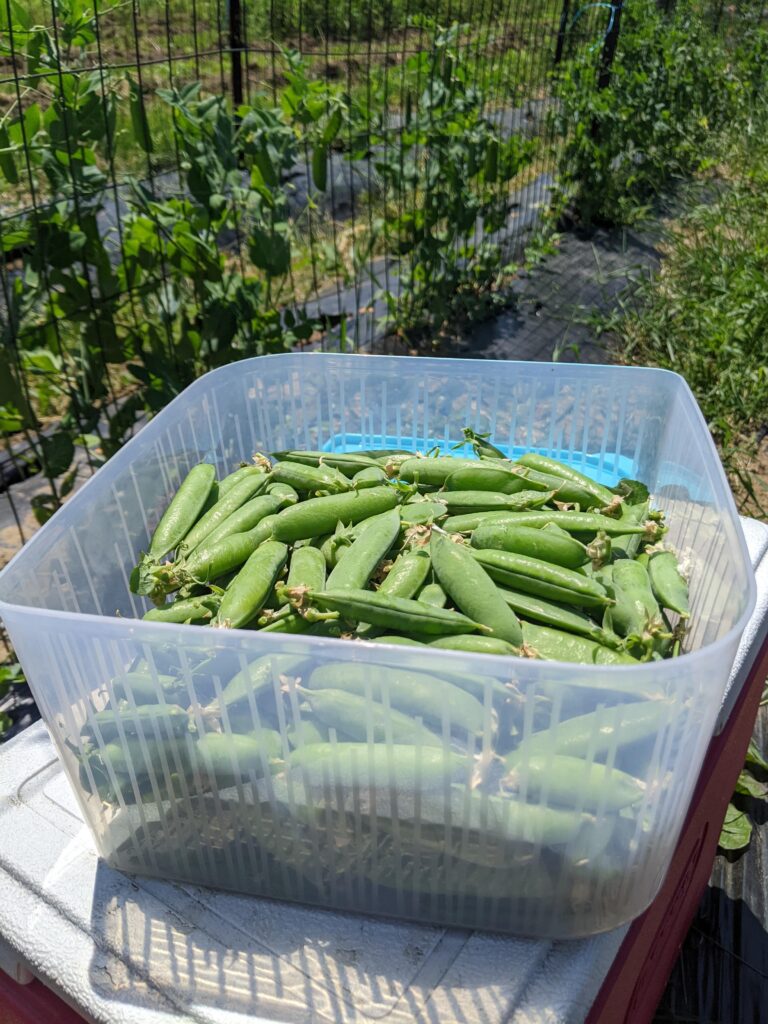
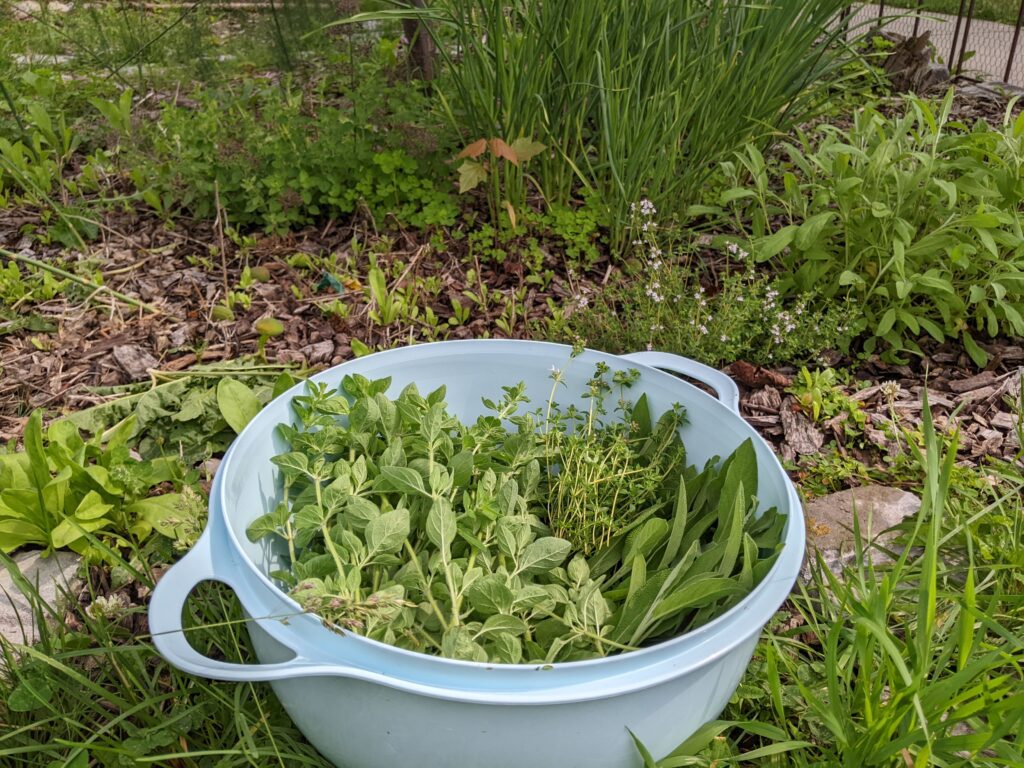
With grocery prices soaring, many families are looking for ways to cut costs. One of the simplest and most rewarding solutions? Growing even a small portion of your own food. Not only does it save money, but it also ensures fresher, healthier ingredients right at your fingertips. Growing your own is a great way to get fresh food, packed with nutrients and it can save you a truckload of money —just think about how much leafy greens cost at the store compared to a package of seeds. Not only is the food itself nutritious, but the process of growing can be nourishing in a lot of ways: spending time outdoors, moving your body, feeling connected to your food in a whole new way, watching something grow, not to mention the sense of pride and accomplishment.
Start Small
If this is your first introduction to growing food, start small, literally. Seedlings from nurseries are a more costly way to grow a garden, so starting from seeds is the way to do it for cheap–plus it’s so much more satisfying and empowering when you grow it from start to finish.
Look for ways to get seeds for free or cheap like local seed swaps or seed libraries, or trade for seeds with friends and neighbours. Most home improvement, grocery, or department stores won’t have their seeds out for sale until it’s getting too late plant many favourites like tomatoes and peppers, so ordering online from a seed supplier can be a great option if you can’t find any for free. You can uaually order online well before local stores start offering them so you’ll be able to start seedlings with enough time to literally see the fruits of your labour before the growing season ends.
Don’t try to grow too much in your first year. Start small. Choose just a few vegetables and herbs that you know you will eat. It’s easy to buy way too many seeds and if you try to grow everything in the first year you’re more likely to get overwhelmed.
10 Easy Vegetables to Grow for First Time Gardeners:
- Spinach
- Arugula (a personal fav)
- Radishes
- Carrots
- Peas
- Cherry tomatoes
- Beans
- Kale
- Zucchini
- Swiss Chard
Some Canadian online seed suppliers to get you started:
What is a Growing Zone?
Once you have your seeds, you’ll need to know when you should plant them. If you’re in a zone with a shorter growing season, starting seeds indoors and then “hardening” them before planting outside will give you some flexibility when it comes to what you can grow. You can find out which growing zone you’re in with a quick Google search, then Google “last frost date (your town/city)”.
Once you know your last frost date, you can figure out when to plant indoors, when to transplant, and what to plant directly outside from seeds. Check the seed package for “start indoors x weeks before last frost” or “sew outdoors when…” and if that info isn’t printed on the package, back to Google you go! Search for that specific variety (“Purple Zebra Tomatoes” vs. “Tomatoes”) and “weeks before last frost” or “when to plant” and you should find your answers.
I start with my last frost date (which is May 5th) and count back 14 weeks, then plan out when to plant my seeds based on what the seed package says or what Google tells me for that variety.
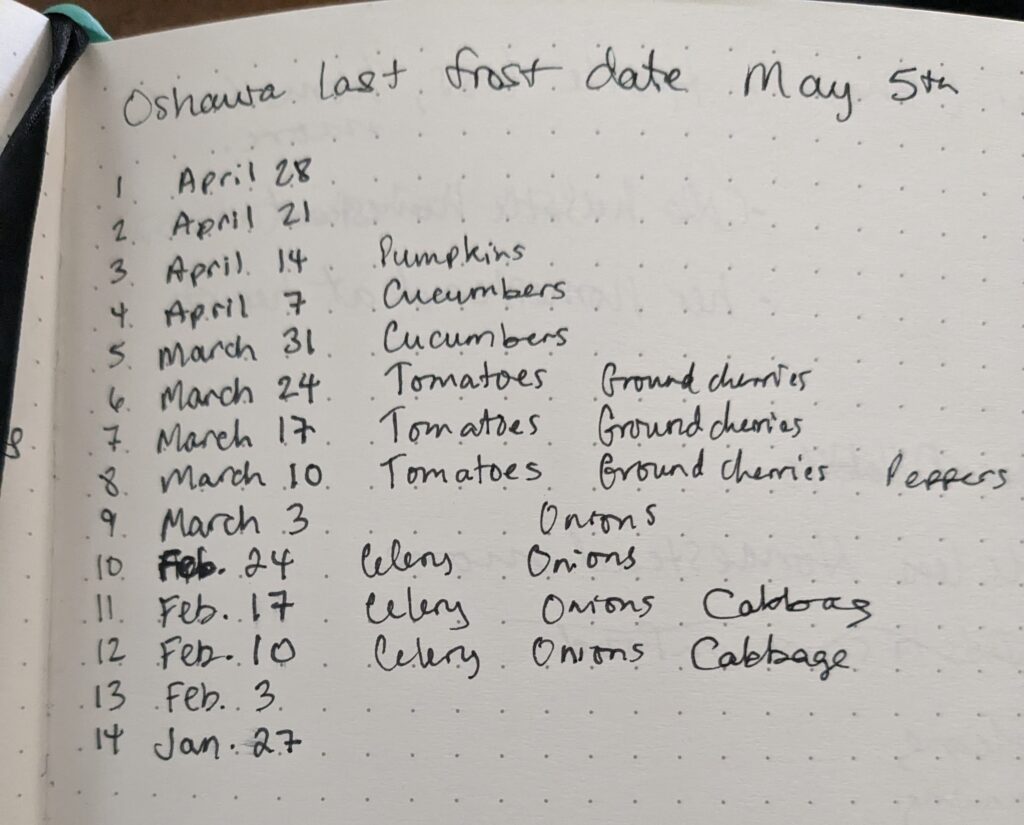
No land? No problem!
If you don’t have access to a yard, that’s totally ok. I didn’t have a yard when I started growing food either and I found that you can grow quite a lot in containers on a tiny urban balcony. If you don’t have a balcony you can grow some food entirely indoors near a sunny window, or with an LED light if there’s no good source of natural light.
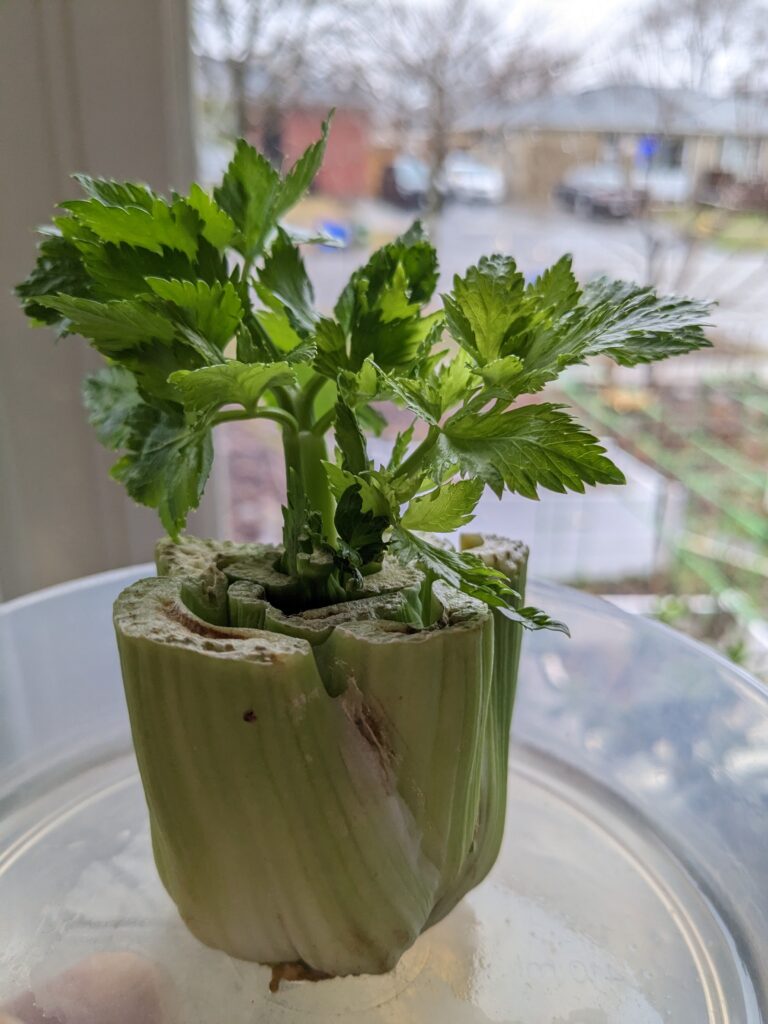
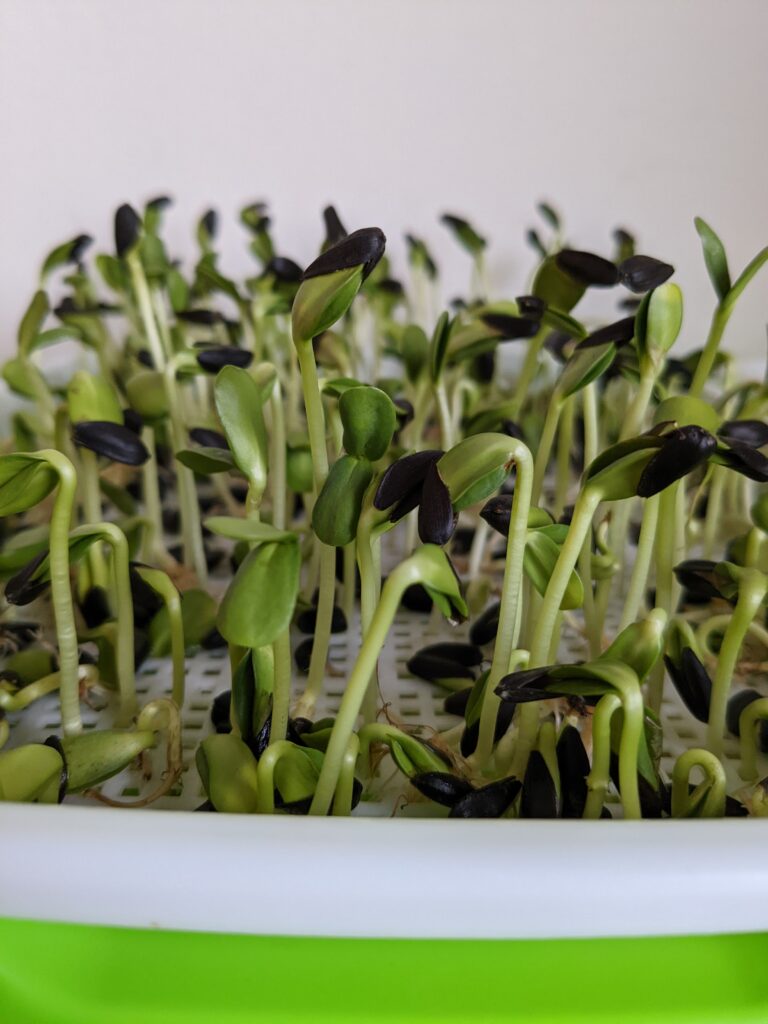
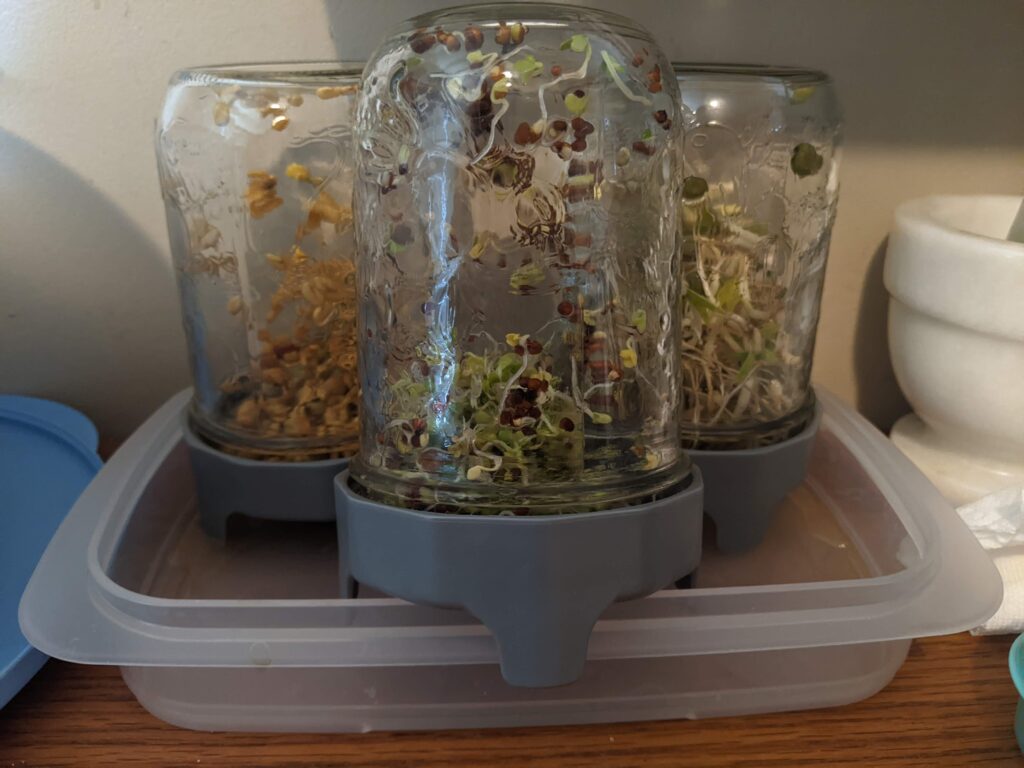
Small-Space & Container Gardening Tips
Not everyone has a backyard, but that doesn’t mean you can’t grow your own food! Container gardening is a great solution for small spaces, balconies, or even kitchen counters. Here’s how to make it work:
Choose the Right Containers – Use pots, hanging baskets, or even repurposed buckets with drainage holes. Fabric grow bags are also great for root vegetables.
Pick High-Yield, Space-Saving Crops – The best plants for containers include:
- 🌱 Herbs (basil, parsley, cilantro, chives) – Quick-growing and perfect for kitchen windows.
- 🍅 Cherry Tomatoes – Compact varieties like “Tiny Tim” thrive in small pots.
- 🥬 Lettuce & Spinach – Fast-growing, cut-and-come-again crops.
- 🍓 Strawberries – Grow well in hanging baskets.
- 🫑 Peppers – Bell peppers and chili plants flourish in pots.
Maximize Vertical Space – Use wall planters, stackable pots, or trellises for climbing veggies like cucumbers and beans.
Ensure Proper Sun & Watering – Most food plants need 6+ hours of sunlight. Self-watering pots or a simple drip irrigation system can help keep plants hydrated.
Check out my Container Gardening Starter Guide to learn how to grow fresh food—no matter how much space you have and/or learn what you can grow indoors year-round!
Ready to Start Growing Your Own Food?
Cutting your grocery bill starts with small, simple changes. Even growing a few herbs or greens can make a big difference!
💬 What’s the first crop you’d love to grow? Leave a comment below—I’d love to hear!